What Are Vascular Tissues?-Composition, Types, And Functions
Vascular tissues are specialized tissues found in plants that help in transporting fluids and nutrients internally. These tissues are made up of different types of cells. It constitutes two main parts xylem and phloem. The xylem helps in carrying water and minerals from the roots to the rest of the plant, while the phloem helps in transporting food from the leaves to the whole plant.
In Xylem, tracheids and vessels are responsible for conducting fluids. While the phloem, sieve cells, and sieve-tube members acts as functional unit. These cells are specialized in their structure and function for efficient transportation of water, minerals, and nutrients.
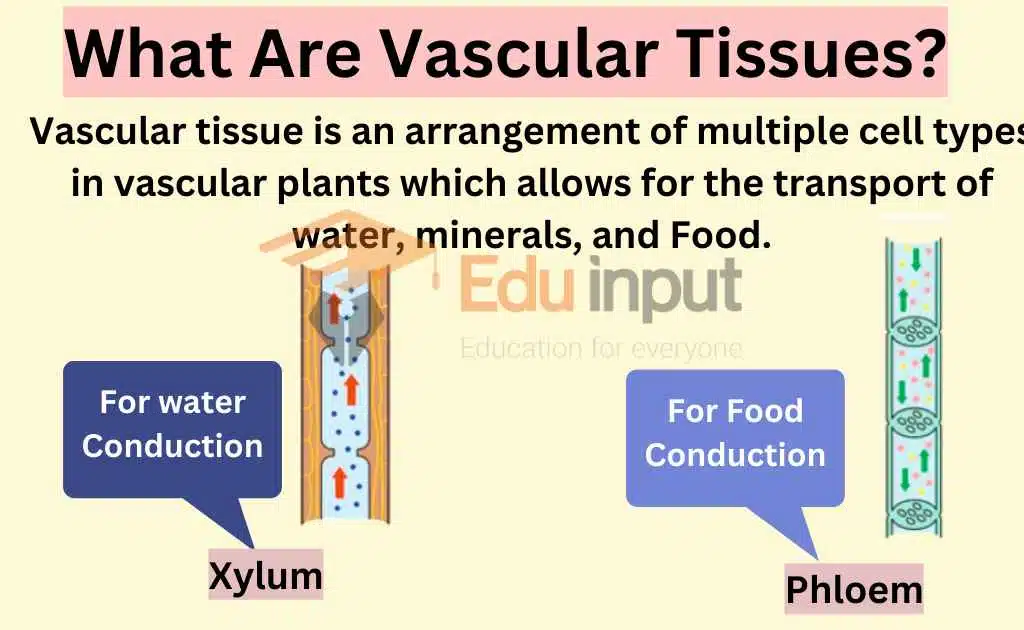
What Are Vascular Tissues?
The vascular tissues of plants consist of two types of tissues xylem and phloem. The xylem is responsible for carrying water and minerals from the roots upward and throughout the plant, while the phloem transports dissolved nutrients within the plant. These two tissues work together to form a specialized vascular system that make plants able to transport fluids and nutrients efficiently.
Location Of Vascular Tissues
The arrangement of the xylem and phloem in plants varies plant to plant. It depends on the organs of plant. In stems and roots, Xylem is typically located closer to the interior of the stem, while the phloem is towards the exterior. However, in some dicots, the phloem may be located inwardly from the xylem as well.
In leaves, the vascular bundles are located among the spongy mesophyll cells. Xylem is oriented toward the upper side of the leaf, while the phloem is oriented toward the lower side of the leaf.
Composition Of Vascular Tissues
Vascular tissues in plants are composed of two types of specialized cells:
- Xylem is made up of tracheary elements, which are long and hollow cells that are dead at maturity. The first type of tracheary element found in the xylem is tracheids.
- Phloem is composed of living cells and sieve cells, that are connected via a thin membrane called the sieve plate.
Vascular cambium and cork cambium are two types of meristems that are also associated with vascular tissue.
Structure Of Vascular Tissues
The cells in vascular tissue are typically long and slender, resembling pipes due to their function in conducting water, minerals, and nutrients throughout the plant. In phloem, individual cells are connected end-to-end. As plant grows, new vascular tissue differentiates in the growing tips of the plant. They align with existing vascular tissue to maintain their connection throughout the plant.
The structure of vascular tissues differs between monocots and dicots. Dicots have larger and more consistently arranged vascular bundles, while monocots have a more scattered arrangement of xylem and phloem throughout the stem.
This difference in structure reflects the type of plant: monocots, like grasses, have parallel veins and leaves, while dicots, such as flowering trees and fruiting plants, have branching veins and leaves. This branching pattern favors a more organized vascular tissue that can also branch out as the plant grows.
Woody dicots have an even more organized vascular tissue, with a vascular cambium layer producing xylem on the inside and phloem on the outside. These layers are produced seasonally, creating the characteristic rings seen in woody plants. By adding to the vascular tissue every season, woody plants can handle an increase in growth and become very large.
Types Of Vascular Tissues
There are two main types of vascular tissues:
Xylem Tissues
Xylem is a vital component of the vascular tissue system that helps transport water and minerals from the roots of a plant to its leaves. The primary function of xylem is to provide a pathway for water to flow through the plant, and it is made up of specialized water-conducting cells called tracheary elements.
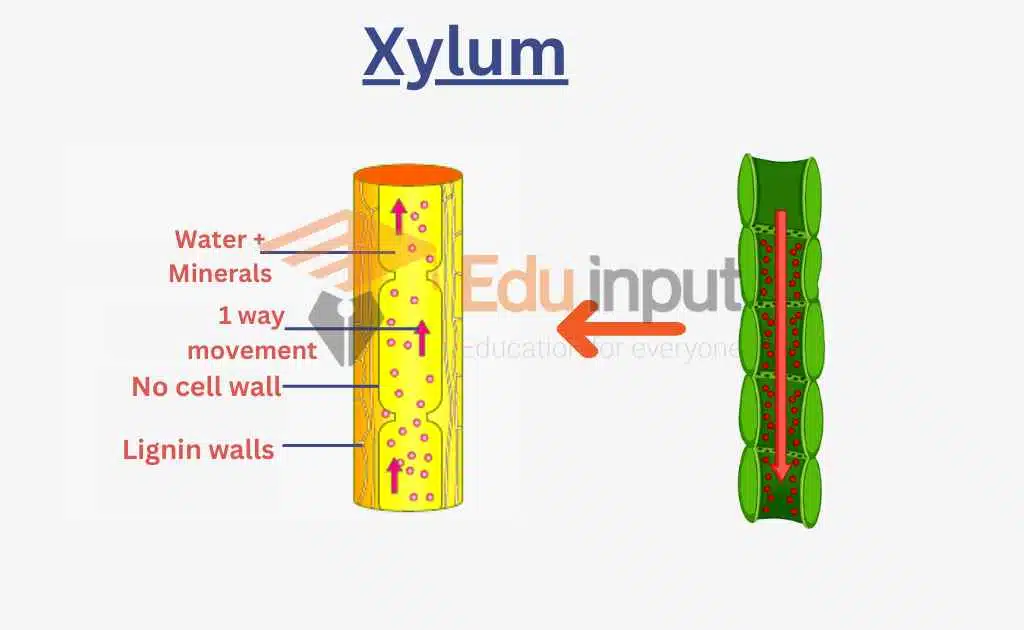
The first tracheary element found in the xylem is tracheids, which are long, tapered, and lignified cells. Tracheids not only transport water but also provide structural support to the plant. Some gymnosperms and seedless plants exclusively rely on tracheids for water conduction.
The second tracheary element found in the xylem is vessel members. They are more specialized than tracheids. Vessel members are responsible for the transport of water in angiosperms. They are not found in gymnosperms.
The xylem also contains fiber cells that provide structural support and parenchyma tissue, which are unspecialized and thin-walled cells used for storage.
Water absorption into the roots creates a positive pressure on the water inside the xylem, which is then transported upwards through the plant to the leaves. As water evaporates from the leaves, a process called transpiration, pulls water from the xylem, creating a continuous flow of water and minerals throughout the plant.
Phloem Tissues
Phloem is another type of vascular tissue in plants responsible for the transport of sugars produced during photosynthesis from the leaves to the rest of the plant, including the stem and roots. Unlike the xylem, the phloem is composed of living cells.
The main conducting cells of the phloem are sieve cells and sieve tube members. They both have numerous pores through which substances are exchanged with adjacent cells. In angiosperms, sieve tube members are supported by small companion cells that assist in their functions.
The transport of sugar through the phloem is known as translocation. The movement of sugar from source to sink requires energy input, which comes from the source cells. The sugar is then loaded into the phloem by active transport.
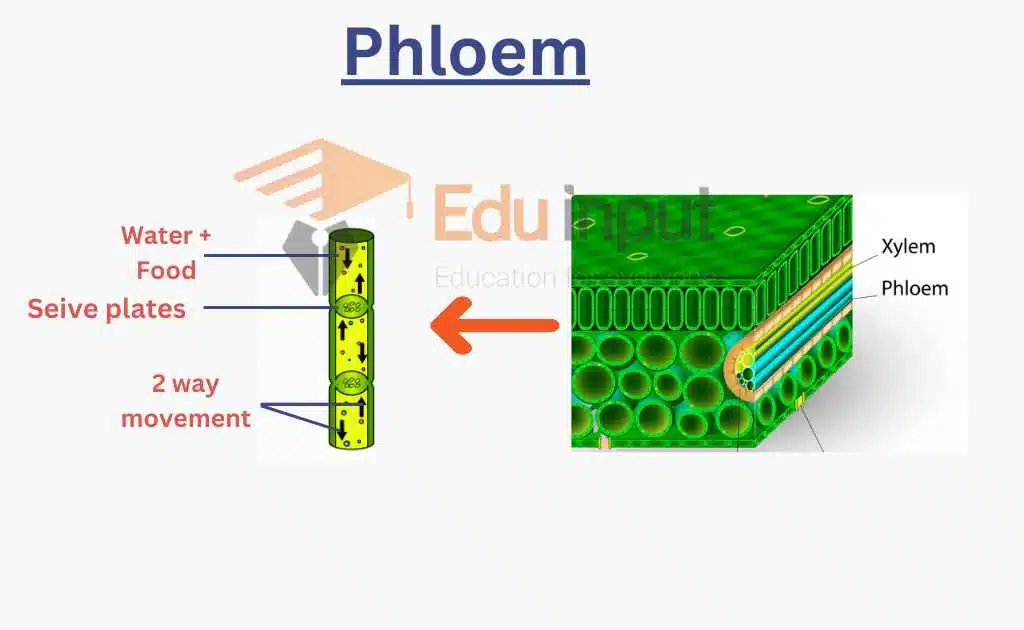
The sugar concentration in the phloem increases, creating a pressure gradient that pushes the sugar solution from the source to sink. At the sink, the sugar is unloaded from the phloem and used for various metabolic processes or stored for later use.
Phloem also transports amino acids, hormones, and other signaling molecules throughout the plant.
Functions Of Vascular Tissues
- Vascular tissues Maintains water balance and sugar balance in plants
- Vascular tissues Facilitates the uptake of water and nutrients from the soil and their transport to the cells of leaves. They Pull water up the tubes of the xylem through the forces of adhesion and cohesion
- They Create a pressure from the bottom to force water upward as water is absorbed through the roots
- Phloem Transports sucrose and other nutrients created during photosynthesis from source cells to sink cells throughout the plant
- They Controls the flow of nutrients during the process of creating flowers and fruits
Latest Research About Vascular Tissues
- Scientists developed a biodegradable and antithrombogenic vascular membrane composed of electrospun nanofibers made of chitosan, elastin, and polyurethane. The membrane showed enhanced wettability, controlled release of natural polymers, delayed blood clotting, and hemocompatibility, making it suitable for vascular tissue integration. [1]
- A nanozyme-eluting hydrogel coating was developed for vascular implants using nanoceria to regulate oxidative stress and promote vascular repair. The coating selectively inhibits intimal hyperplasia, promotes endothelialization, and modulates macrophage phenotype. In vitro and in vivo studies demonstrated the coating’s favorable anti-coagulation, pro-endothelialization, and immunomodulation properties, making it a promising low-cost and drug-free strategy for inhibiting vascular stenosis and promoting vascular repair. [2]
- Scientists have developed 3D bioprintable hydrogels based on methacrylated carrageenan and sodium alginate for vascular tissue engineering scaffolding, with good mechanical properties and potential for tubular tissue regeneration. [3]

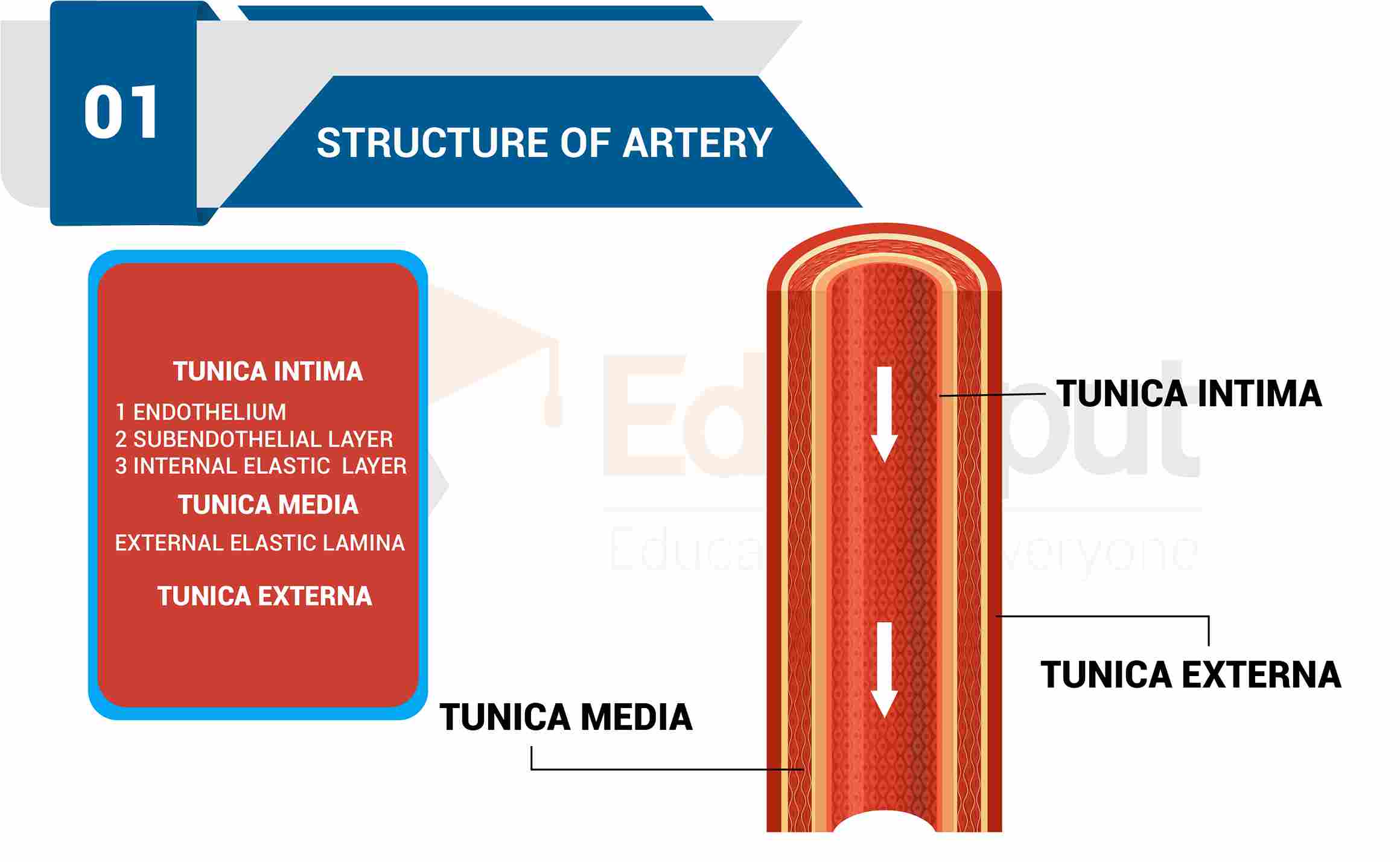

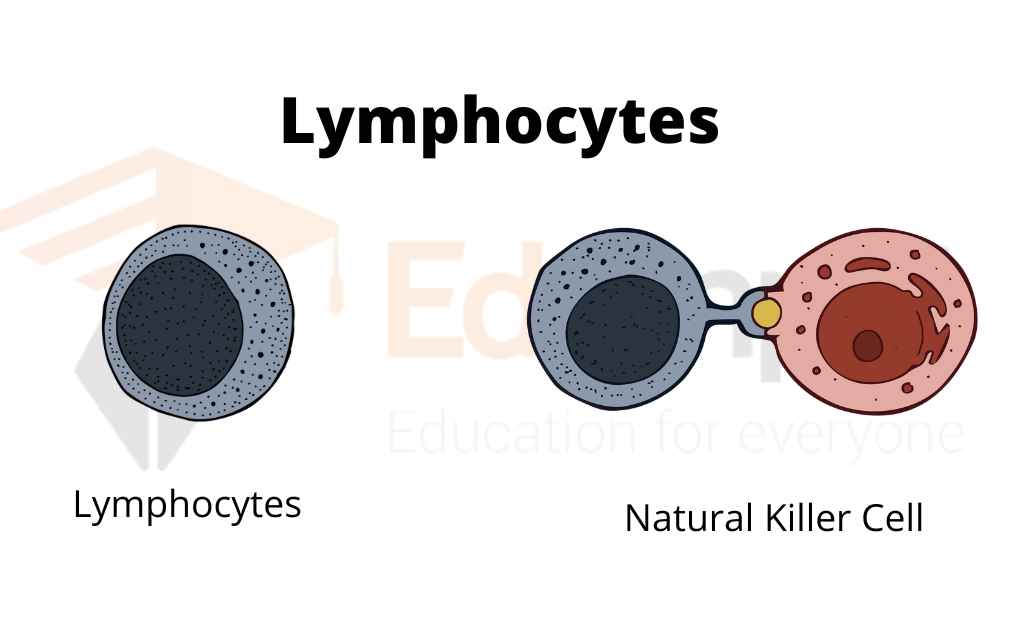


Leave a Reply